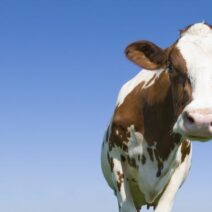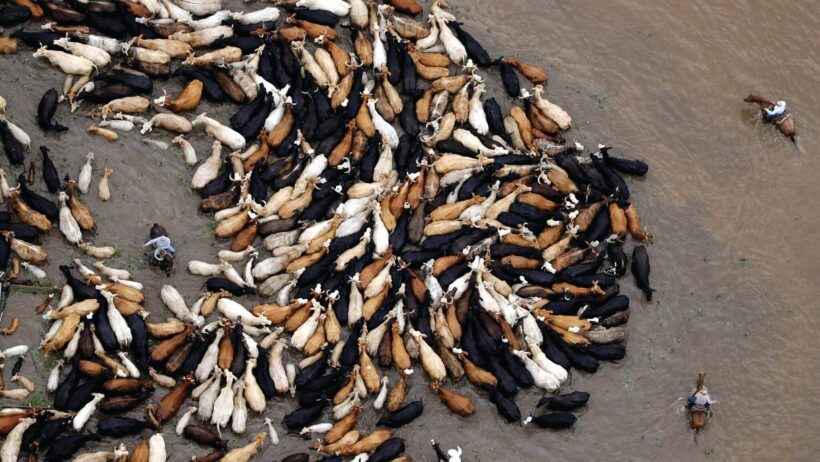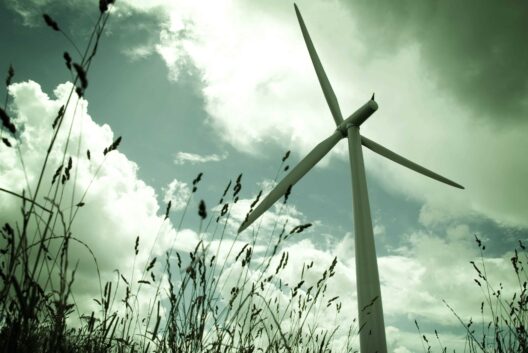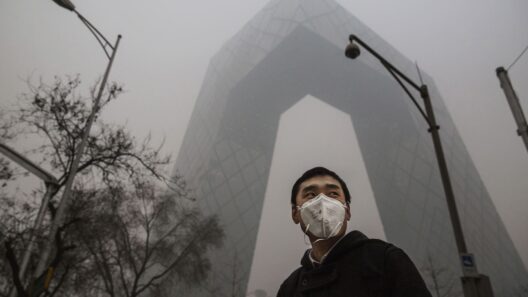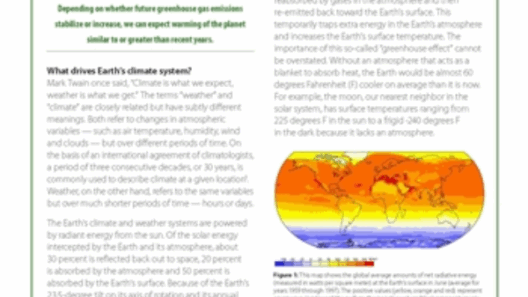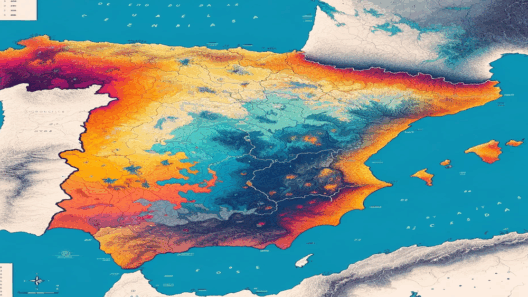The impact of livestock farming on climate change is profound yet often overlooked. As the global population continues to swell, the demand for animal-based protein surges, leading to an intensification of livestock agriculture. While this practice supports economies and sustains diets, it also emerges as a significant driver of greenhouse gas emissions, land degradation, and biodiversity loss. This article delves into the intricate connections between livestock farming and climate change, unveiling the mechanics of this multifaceted problem.
Climate change manifests through the increase of global temperatures, altered precipitation patterns, and extreme weather events—many of which are exacerbated by human activities. Among these activities, livestock farming stands out in its contribution to climate-related challenges. Understanding how livestock farming intertwines with climate change necessitates an examination of its environmental repercussions, the mechanisms of greenhouse gas emissions, and the possible pathways towards sustainable practices.
Unearthing the Greenhouse Gas Emissions
The intricate dance between livestock farming and greenhouse gas emissions primarily revolves around three gases: methane, nitrous oxide, and carbon dioxide. Each of these gases plays a pivotal role in the warming of our planet.
Methane, produced during digestion by ruminant animals—such as cows, sheep, and goats—accounts for approximately 26% of the world’s greenhouse gas emissions. This gas has a Global Warming Potential (GWP) that is over 25 times greater than carbon dioxide over a 100-year period. As livestock digest their food, methane is emitted through belching, a process known as enteric fermentation. Additionally, manure management contributes to methane emissions as organic matter decomposes anaerobically, especially in confined feedlots.
Nitrous oxide, another potent greenhouse gas, emanates largely from fertilized soils and the management of manure. When fertilizer is applied to pasturelands or croplands, it can lead to the volatilization of nitrous oxide—a gas that possesses a GWP nearly 298 times that of carbon dioxide over the same period. The unchecked increase in livestock numbers directly correlates with intensified fertilizer applications, further aggravating climate change impacts.
Comparatively, carbon dioxide emissions from livestock farming mainly arise from deforestation and land-use changes intended to create pasture or grow feed crops. As forests are razed to make way for grazing lands, the carbon sequestered in trees is released into the atmosphere, exacerbating the greenhouse effect.
Land Use and Biodiversity in Peril
The relationship between livestock farming and climate change extends beyond emissions; it is intricately tied to land use, a factor that has profound implications for biodiversity. The expansion of livestock farming has necessitated a dramatic transformation of ecosystems, with significant areas of forests, wetlands, and grasslands sacrificed for grazing or crop production.
Deforestation to accommodate livestock has critical consequences for the planet’s natural biodiversity. Forest ecosystems host a myriad of species, many of which face extinction as their habitats are destroyed. The decline in biodiversity not only disrupts ecological balance but also weakens the resilience of these environments to adapt to climatic changes. As species are lost, ecosystems become less capable of providing essential services such as carbon sequestration, water filtration, and soil preservation.
Moreover, overgrazing by livestock further exacerbates land degradation, resulting in soil erosion, decreased soil fertility, and increased desertification. Land that once thrived may become barren and inhospitable, further compounding the challenges posed by climate change. Without a strategic realignment of farming practices, the vicious cycle of environmental degradation will likely continue unabated.
A Paradigm Shift: Rethinking Livestock Farming
In light of the alarming consequences of livestock farming on climate change, it is imperative to explore alternative approaches to mitigate these impacts. Sustainable agricultural practices can create a paradigm shift that promotes not only food security but also environmental stewardship.
One of the most promising paths involves transitioning to regenerative agriculture. This method focuses on enhancing soil health, restoring ecosystems, and improving biodiversity. Practices such as rotational grazing, cover cropping, and agroforestry can contribute to substantial carbon sequestration while improving the productivity of lands. By mimicking natural ecosystems, regenerative agriculture can make livestock farming a part of the solution rather than the problem.
Another critical component is reducing meat consumption in favor of plant-based diets. Shifting dietary patterns can alleviate pressure on livestock production, leading to decreased methane and nitrous oxide emissions. Public awareness campaigns and education about the environmental impacts of meat consumption can play a vital role in promoting dietary shifts.
Moreover, advancements in technology present opportunities to mitigate emissions. Innovations such as feed additives that reduce methane production during digestion, improved manure management systems, and precision agriculture techniques can help manage the environmental footprint of livestock farming.
In summary, the ties that bind livestock farming to climate change are complex yet urgent. As the world grapples with the ever-increasing challenges posed by climate change, addressing the environmental consequences of livestock agriculture must be a priority. Through informed decision-making, policy reforms, and widespread adoption of sustainable practices, a more sustainable future can emerge—one where livestock farming coexists harmoniously with the planet’s ecological health. The time for action is now; the future of our climate and ecosystems depends on it.

